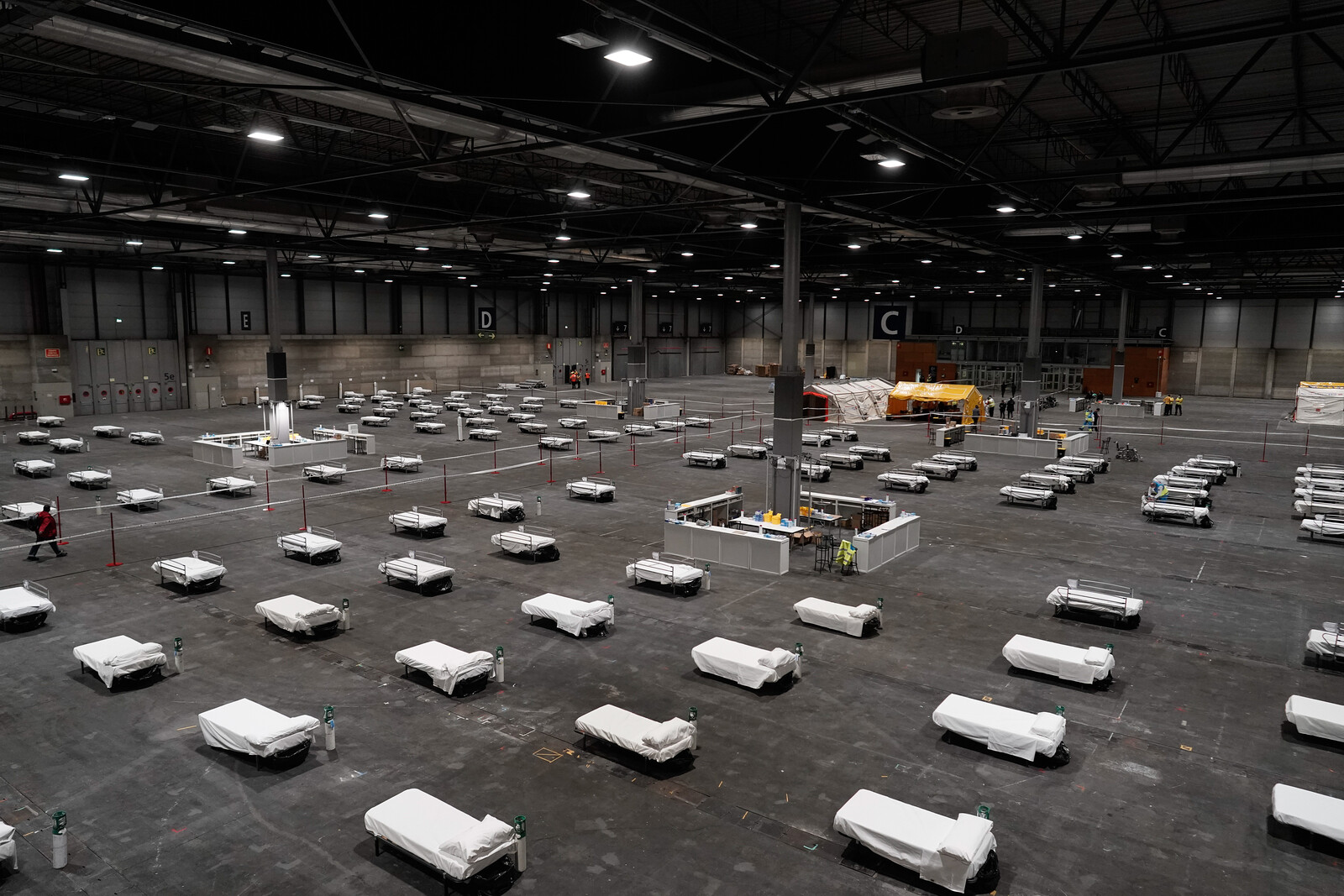November 19, 2020, 5pm
Join us on e-flux Video & Film on Thursday, November 19, 2020 at 5pm EST for a live roundtable with Tairan An, Guillermo Sanchez Arsuaga, Nick Axel, Victoria Bergbauer, Carrie Bly, Beatriz Colomina, Nikolaus Hirsch, Rebecca Kellawan, Iván López Munuera, Kara Plaxa, Gizem Sivri, Shivani Shedde, and Mark Wigley.
Sick Architecture is a collaboration between Beatriz Colomina, e-flux Architecture, and the Princeton University Ph.D. Program in the History and Theory of Architecture, with the support of the Rapid Response David A. Gardner ’69 Magic Grant from the Humanities Council and the Program in Media and Modernity at Princeton University, featuring contributions by Tairan An, Guillermo Sanchez Arsuaga, Victoria Bergbauer, Carrie Bly, Beatriz Colomina, Rebecca Kellawan, Iván López Munuera, Kara Plaxa, Elizabeth A. Povinelli, Paul B. Preciado, Gizem Sivri, Shivani Shedde, and Mark Wigley. The project began as a Ph.D. seminar in the fall of 2019 and will continue in 2021 as an exhibition at CIVA in Brussels.
Sick Architecture is not simply the architecture of medical emergency. On the contrary, it is the architecture of normality—the way that past health crises are inscribed into the everyday, with each architecture not just carrying the traces of prior diseases, but having been completely shaped by them. Every new disease is hosted within the architecture formed by previous diseases in a kind of archeological nesting of disease. Each medical event activates deep histories of architecture and illness, along with all the associated fears, misunderstandings, prejudices, inequities, and innovations.
There is no disease without architecture, and no architecture without disease. Doctors and architects have always been in a kind of dance, often exchanging roles, collaborating, influencing each other, even if not always synchronized. Furniture, rooms, buildings, cities, and networks are produced by medical emergencies that encrust themselves one on top of another over the centuries. We tend to forget very quickly what produce these layers. We act as if each pandemic is the first, as if trying to bury the pain and uncertainty of the past.
Sick Architecture tries to reverse this forgetting. It does not seek to rationalize the current pandemic or speculate about its impact directly. Instead, it offers a wider, historical, and more complex discourse with which we may think about the present. It explores different dimensions of the relationships between concepts of illness, space, institutions, territories, technologies, politics, biologies, and philosophies. “Architecture,” here, means not just buildings, cities, and spaces, but structures of thinking, protocols, and logics. And “sick” means not just recognizable diseases but things not yet recognized or treated as disease. Both sickness and architecture need to be expanded and destabilized. To think the intimate relationship between them is to think both differently.
The roundatble will be livestreamed on e-flux Video & Film, with audience Q&A available via chat. No registration required.
For more information, contact program@e-flux.com.


